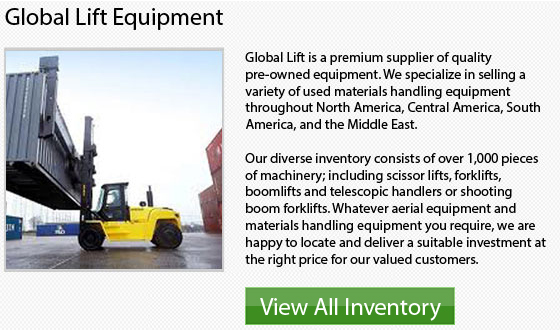
Hazards of Type-G forklifts
Forklifts carry out an essential role in the operations of warehouses and other businesses. These machinery are capable of lifting and transporting immense loads from one place to another. There are numerous variations on the forklift. The main variation is the way in which various units are fueled. "LP" lift trucks are the most popular kind. They operate on liquid propane. Type "E" lift trucks have large rechargeable batteries and operate on electricity. Type "D" lift trucks utilize diesel and type "G" utilize gasoline. Though all lift trucks, similar to any piece of heavy machine, can pose a hazard, the type of lift trucks which are fueled by gasoline carry the most risks.
Fire
Type G lift trucks can present a fire hazard. Gasoline-powered forklifts are not held to rigorous standards in reducing lessening fire hazards. The biggest cause of fire is due to gasoline leaks which allow gasoline fumes to escape. This can result from mishaps and from driving on really rough terrain or normal wear. These circumstances pose a risk and can cause fire. Hence, a standard Type G lift truck must never be utilized in conditions where elevated fire risk is deemed not acceptable. Like for instance, these units must not be utilized around dangerous or explosive chemicals.
Explosion
Type G lift trucks also pose a risk of explosion, as do those that run on liquid propane and diesel. A kind of lift truck that run on gasoline could explode as a result of a serious accident in circumstances where an ignition source and a gasoline leak are present. An explosion can happen when sparks are created in the collision and the sparks ignite the gasoline.
Fumes and Exhaust
Type G lift trucks pose a serious inhalation danger because of toxic fumes. Gasoline fumes can be deadly in high concentrations. Fumes could result from gasoline leaks or from the exhaust itself. Thus, a Type G forklift is really not suggested for any setting which is poorly ventilated. The exhaust would present a serious danger in enclosed spaces. This particular kind of forklift must be utilized carefully when operated near people.